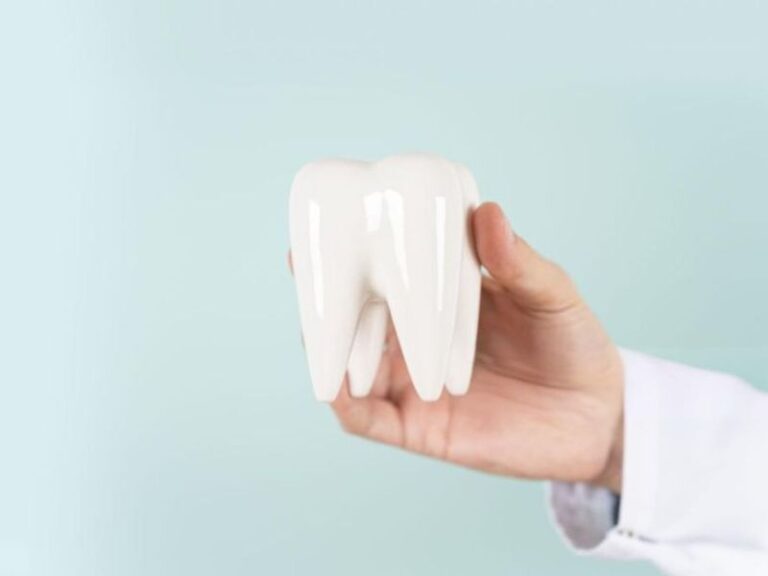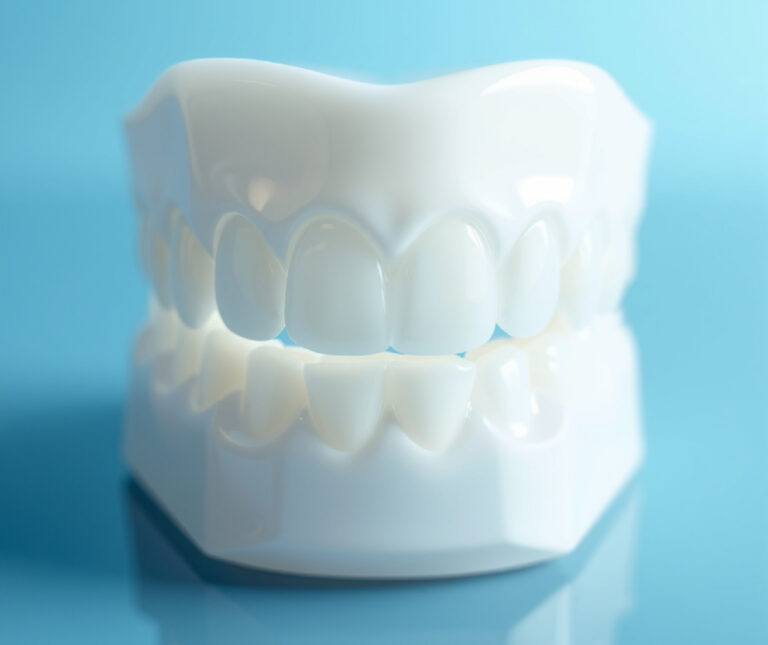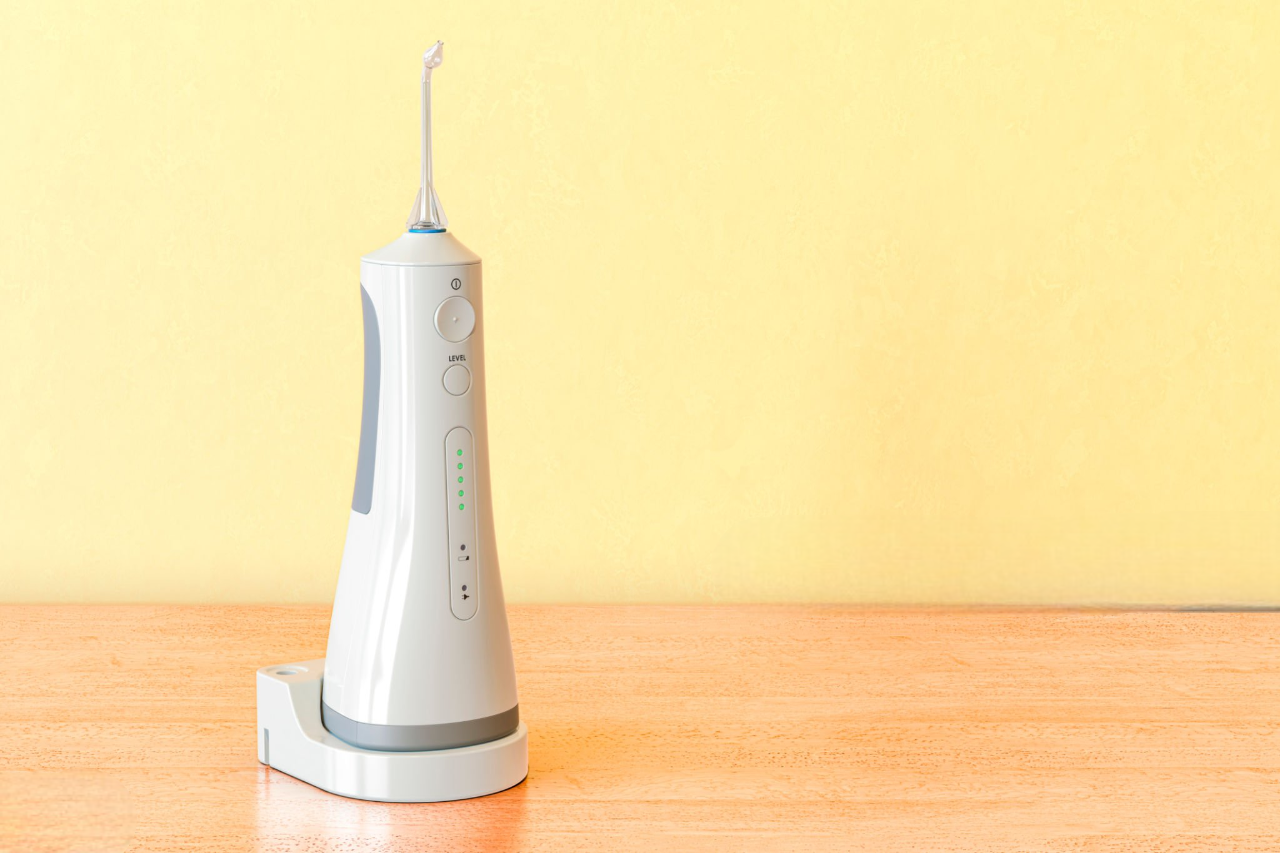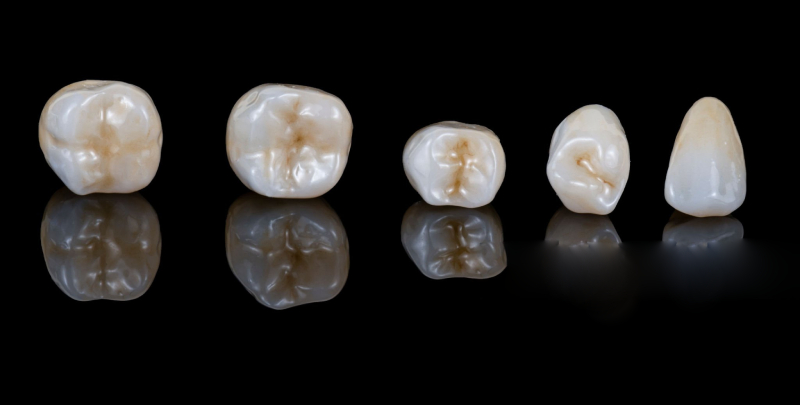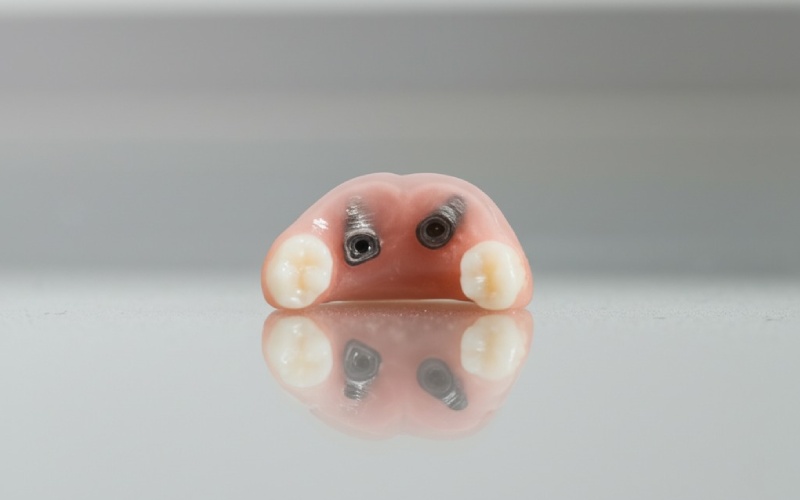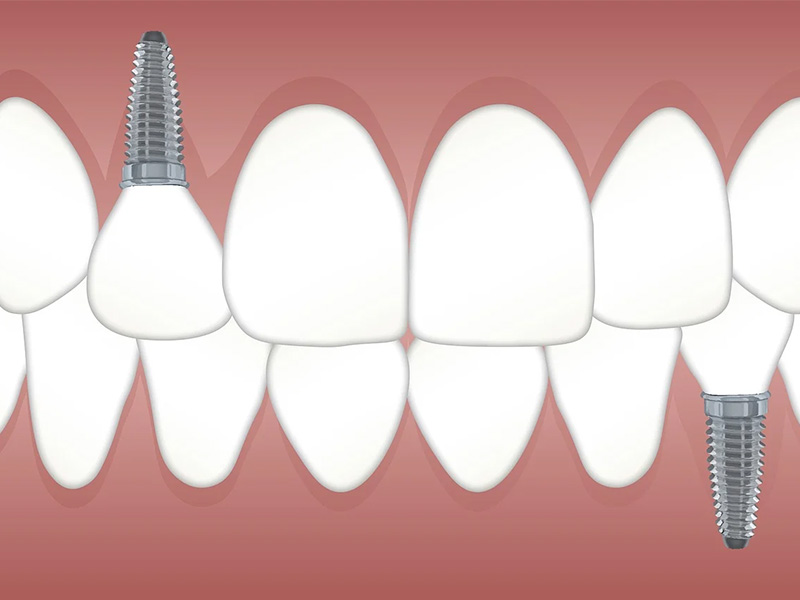
Positioning Implant Abutments: What They Are and Why We Need Them
Table of Contents
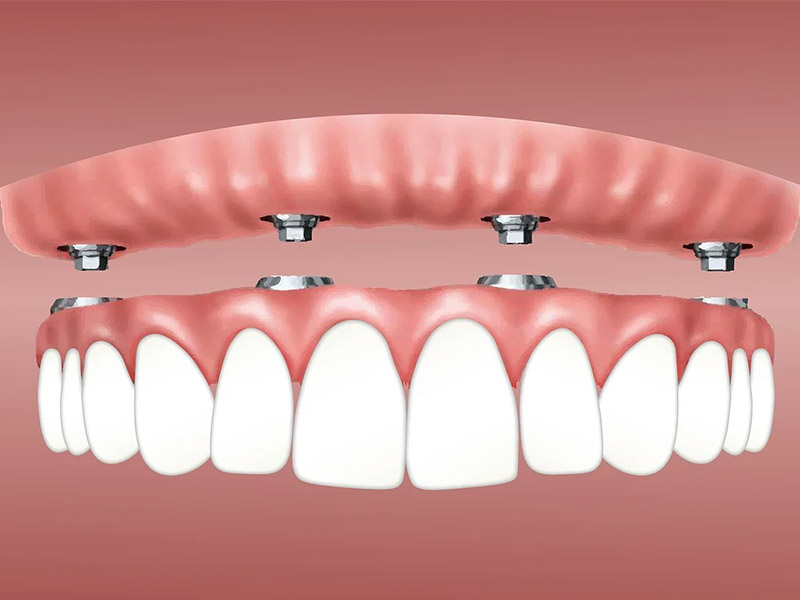
What Is a Positioning Implant Abutment?
A positioning implant abutment is a special part that connects your dental implant to your new tooth. It is like a bridge between the implant in your jaw bone and the crown that looks like a tooth.
Think of it like this – the implant is like a screw in your jaw, and the abutment helps put your new tooth in the right spot!
These abutments come in many shapes and sizes. They can be straight or angled. They can be made of titanium or zirconia. The doctor picks the best one for your mouth.
Why Do We Need Positioning Abutments?
Positioning abutments have a big job to do:
- They fix problems when implants are not put in straight
- They help share biting force so nothing breaks
- They make your new teeth look real
- They keep your gums healthy
When a doctor puts in an implant, sometimes it can’t go in perfectly straight. That’s OK! The positioning abutment can fix this problem by having an angled head.
A study found that using angled abutments can fix up to 30° of implant tilt in most cases. This means the doctor can still give you a perfect smile even if your implant isn’t perfectly straight.
Types of Positioning Abutments
There are many kinds of positioning abutments:
Prefabricated Angled Abutments
- Come in set angles (15°, 30°)
- Ready to use right away
- Good for simple fixes
Custom CAD/CAM Abutments
- Made just for your mouth
- Designed on a computer
- Perfect for tricky cases
Healing vs. Final Abutments
- Healing abutments help your gums get ready
- Final abutments stay in your mouth
Dr. Smith from Village Dental says, “Healing abutments shape the gum tissue to make room for the final tooth.”
Materials Used for Positioning Abutments
Positioning abutments can be made from different materials:
| Material | Benefits | How Long It Lasts | Best Used For |
|---|---|---|---|
| Titanium | Very strong, body likes it | 98% last 5+ years | Most cases |
| Zirconia | Looks like a tooth, white color | 92% last 5+ years | Front teeth |
| Hybrid | Strong metal base with tooth-colored top | 95% last 5+ years | Everywhere in mouth |
A study found that titanium abutments last the longest, with a 98% survival rate after 5 years. But if you want your smile to look its best, zirconia might be better for your front teeth.
How Positioning Abutments Work
Let me tell you how these abutments help fix your smile:
- The doctor puts the implant in your jaw bone
- Your jaw needs time to heal around the implant
- The doctor picks the right angled abutment to fix any tilt
- The abutment is screwed into the implant
- Your new tooth goes on top of the abutment
When implants are put in at a bad angle, it can cause big problems. A study found that 12% of implant breaks happen because of poor abutment alignment. That’s why picking the right positioning abutment is so important!
Benefits of Using Positioning Abutments
Using the right positioning abutment can:
- Stop teeth from breaking
- Save money by fixing problems without new surgery
- Make teeth look real
- Help you chew better
Did you know? Using angled abutments can save between 40-60% of costs compared to having to redo implant surgery. That’s a lot of money saved!
When Are Positioning Abutments Most Needed?
Doctors use positioning abutments most often when:
- There isn’t enough jaw bone for straight implants
- The sinus cavity gets in the way
- Nerves in the jaw need to be avoided
- Multiple implants need to line up together
This is very common in the back teeth area where the bone is thinner. Check out more about dental implant positioning for back teeth here.
How Doctors Choose the Right Abutment
Your doctor picks the best abutment by looking at:
- How much your implant is tilted
- How thick your gums are
- What your bite force is like
- If you grind your teeth at night
- What the new tooth will be made of
The doctor may use a special tool called an ISQ meter to check if your implant is stable enough. If the reading is over 65, they can often put the abutment and tooth on right away.
New Technology in Positioning Abutments
Positioning abutment technology keeps getting better! New types include:
- CAD/CAM custom abutments – made by computer for a perfect fit
- Hybrid materials – strong metal base with tooth-colored top
- Dynamic abutments – can be adjusted after they’re put in
These new abutments help make fake teeth look more real than ever before. A study found that custom CAD/CAM abutments create natural-looking gum profiles in 89% of cases.
What to Expect During Abutment Placement
When getting your positioning abutment placed:
- Your doctor will check your implant is ready
- They may take x-rays or scans
- They pick the best abutment for you
- They screw it in with the right force
- They might put on a healing cap or your new tooth
Most of the time, this doesn’t hurt much. Your mouth might feel a little sore for a day or two.
If you want to learn more about the healing process, read about dental implant healing abutments here.
Common Problems and Solutions
Even with good abutments, sometimes things go wrong:
| Problem | Cause | Solution |
|---|---|---|
| Screw gets loose | Biting too hard or wrong angle | Retighten or use better abutment |
| Gums pull back | Abutment doesn’t fit right | Try different shape or material |
| Metal shows through gums | Wrong abutment material | Switch to zirconia or hybrid |
The good news is that most problems can be fixed easily. If an abutment screw gets loose, your doctor can often just tighten it back up.
How to Take Care of Your Abutment
Once you have your positioning abutment and new tooth:
- Brush twice a day
- Floss around the implant
- Use a water flosser if you can
- See your dentist for check-ups
Good cleaning helps your abutment and implant last a long time. Most titanium abutments can last 10+ years with good care!
Costs of Positioning Abutments
The cost of positioning abutments can vary:
- Regular abutments: $300-500
- Angled abutments: $400-700
- Custom CAD/CAM abutments: $500-1000
Insurance might pay for part of this cost. It’s a good idea to check with your insurance company first.
Using angled abutments can actually save money in the long run because they fix problems without new surgery. Studies show this can save between 40-60% of costs compared to redoing implant surgery.
Are Positioning Abutments Right for You?
Positioning abutments are great for people who:
- Need implants but have limited bone
- Want to avoid bone grafts if possible
- Have implants that didn’t go in perfectly straight
- Need implants in the front where looks matter most
If you want to learn more about implant options for front teeth, check out this helpful guide on front teeth dental implants.
Success Rates and Case Studies
The good news is that positioning abutments work very well! Studies show:
- 85% success rate in fixing implants tilted up to 30°
- Angled abutments reduce screw loosening by 72% when used right
- They help 98% of patients get good-looking teeth even with tricky implant cases
One case study showed a patient who had implants placed at a 25° angle. Using angled positioning abutments, the dentist was able to create a perfect smile without redoing the surgery.
Different Types of Dental Restorations with Abutments
Positioning abutments can be used with many types of tooth replacements:
- Single crowns – for one missing tooth
- Bridges – for a few missing teeth in a row
- Full dentures – for all teeth missing
For people missing all their teeth, special systems like All-On-4 dental implants use angled abutments to support a full set of teeth with just four implants.
FAQs About Positioning Implant Abutments
Can a positioning abutment fix a badly placed implant?
Yes, but there are limits. Most positioning abutments can fix tilts up to 30-45° depending on the design. Beyond that, the implant might need to be removed.
Does it require special maintenance?
No – just brush and floss like normal teeth. Your dentist will check it during your regular visits.
How long does a positioning abutment last?
With good care, titanium abutments can last 10+ years. Zirconia ones may last a bit less time but look more like real teeth.
Will the abutment show through my gums?
If placed well and made of the right material, it shouldn’t. Zirconia abutments are white like teeth, so they don’t show through thin gums.
Can the abutment be changed later if needed?
Yes, in most cases the abutment can be unscrewed and replaced if there are problems.
Is getting an abutment placed painful?
Most patients feel little discomfort. Your mouth might be a bit sore for a day or two after.
Conclusion
Positioning implant abutments are very important parts that connect your implants to your new teeth. They help fix problems when implants can’t go in perfectly straight.
The main jobs of positioning abutments are to:
- Fix angles when implants are tilted
- Support your new teeth so they work well
- Make your smile look natural
- Keep your implants healthy for a long time
With modern positioning abutments, dentists can help give you a great smile even when conditions aren’t perfect. These small but mighty parts are a big reason why dental implants have such high success rates today!
If you’re thinking about getting dental implants, talk to your dentist about what kind of abutments might work best for you.



